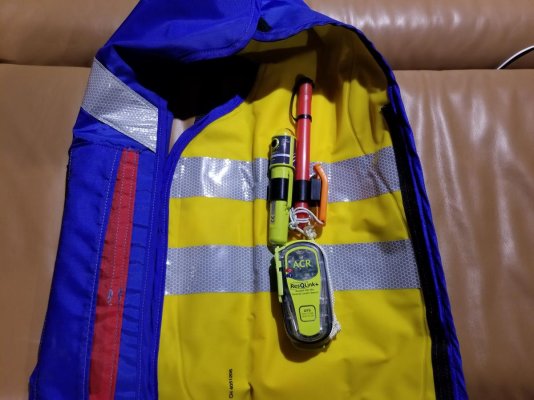WestCoastMcgyver
Member
- Joined
- Mar 12, 2023
- Messages
- 18
Beginning my solo adventures on my 38' trawler in the PNW and the thought of safety is on my mind. While onboard I feel I have systems in place but looking for options while "exploring" in my RIB. I will be going to shore often in very remote regions up the BC coast. Ideas are percolating around INReach, Spot, VHF, ect. I'm really looking for an "all in one" device that I can grab as I leave and have a safety net. Am I missing some options?

